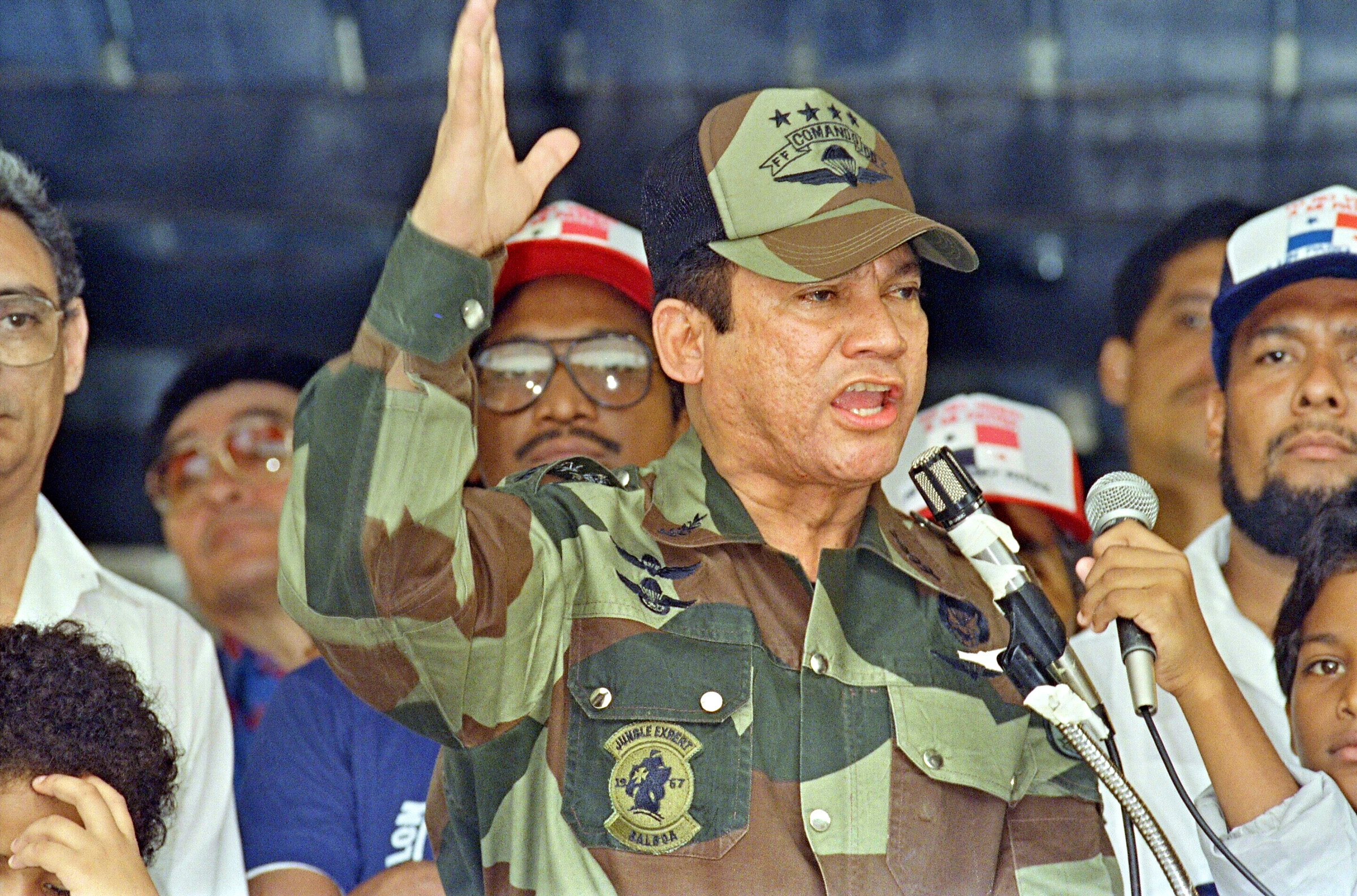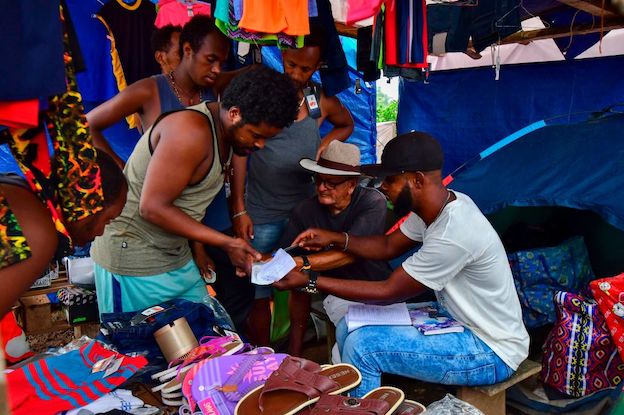WASHINGTON – Not every country in Latin America is aflame. Panama is flourishing.
The expanded Canal is a critical node of global trade and may at some point be expanded again. The economy has averaged almost 6% annual growth since the restoration of democracy, and yet another free and fair election and peaceful transition of power in 2019 shows that democracy is secure. And while the Panamanian people themselves are responsible for these realities, the path would have been immeasurably more difficult had not the United States under international authority intervened to remove a dictator while working with Panamanian leaders to institutionalize democratic political and economic reforms.
This December will mark the 30-year anniversary of U.S. military action in Panama, providing the opportunity to ask a provocative question: Where would Panama be today without it?
That is, where would Panama be had its dictator Manuel Noriega continued in office and the Canal been turned over to his brutal regime? Would Panama be another Cuba, with hands firmly grasping a critical windpipe of global commerce? Would it be, like Venezuela, a safe haven for guerrillas and drug traffickers? Would it be, like Daniel Ortega’s Nicaragua, a personal plaything of the dictator and his family?
Whatever it was, Panama would most likely not be the success story it is.
Operation Just Cause was ordered by President George H.W. Bush on December 20, 1989 to restore democratic governance, protect U.S. forces, bring an indicted drug trafficker to justice, and preserve the Canal as a strategic asset that, by treaty, was soon to be turned over to Panamanian control. Sanctioned by the Organization of American States, it was the first (and only) post-Cold War direct military action in the hemisphere by the United States.
After a brief but intense fight that left 23 U.S. service members and 516 Panamanians killed, according to Pentagon figures, Noriega’s forces were defeated and he was brought to the United States for trial. Soon after the fighting ended Washington took the necessary steps to relinquish control of the Canal on schedule and prepared to draw down U.S. troops by treaty, even while providing a generous financial aid package to reconstruct parts of the country affected by the fighting.
This is not to argue that Latin American nations should desire invasion as a development strategy, or that U.S. military actions have been uniformly successful over the years. Nor does it suggest that similar results would necessarily be obtained in today’s Latin America. Nonetheless, as a foreign affairs officer in the Panama office of the State Department in the immediate aftermath of the military action, I saw first-hand that there are times, however rare, when U.S. leadership is required to reverse difficult circumstances in the hemisphere when others are unable or unwilling to do so themselves. Panama was prototypical in that regard.
Similarly, Panama is perhaps also representative of the arc of a region in transition over the past 30 years, moving from unquestioned U.S. hegemony to full-throated competition for regional influence between the United States and hemispheric outsiders, namely China but others as well. In 1989, the United States had thousands of troops based in Panama along with the headquarters of the U.S. Southern Command. The Panama Canal Commission (PCC), a U.S. entity, ran the Canal which had been built as an engineering marvel by the United States, and the PCC maintained significant property within the former Canal Zone (as did the U.S. military). Panama’s leaders were mostly educated in the United States, spoke English, and benefitted from a “special relationship” at the national level. A bilateral free trade agreement entered into force in 2012.
Over time, however, as Operation Just Cause and the Canal turnover faded into history, the United States turned its attention away from Panama and the region itself. Policy regressed to a form of development and social work rather than the pursuit of core U.S. interests, a circumstance that would never be tolerated for Europe, Asia, or the Middle East. Trade was no longer prioritized as an important tool for regional influence; the U.S.-Panama FTA, for example, was pursued only reluctantly by the Obama Administration at Congressional insistence. The same is true with the U.S.-Colombia FTA. U.S. participation in the Trans-Pacific Partnership has been scotched altogether.
Into this expanding vacuum strode China, with a large pocketbook and even larger ambitions. And Latin America was ready to listen. Now, China is the largest trade partner of Brazil, Chile, and Peru, and the second largest trade partner of Argentina and Colombia. Sweetheart Chinese investments in Ecuador and Venezuela led to choking debt and politically enabled anti-American actions (which Ecuador’s President Lenin Moreno is struggling to overcome; Venezuela’s Nicolas Maduro, not so much). China now hosts an increasing number of regional elites and educational and cultural ties are growing, as are economic and security links and the concomitant ability to influence the behavior of Latin American governments. And several nations including Costa Rica, the Dominican Republic, El Salvador, and, yes, Panama, have recently transferred their international recognition from Taipei to Beijing.
As a sovereign nation, Panama can recognize whomever it so chooses, and China is, after all, the second-largest user of the Canal. But the step is also highly symbolic, particularly given the previous special relationship with the United States and especially when coupled with additional actions Panama has taken. Indeed, the outgoing Panamanian government even sought an FTA with China, once the primary domain of the United States, an ambition the new government seems to have put on hold, at least for now.
But it’s a tangible reminder that must not be ignored. Despite the overhang of the past, Panama is not “ours” and it never was. It’s a nation that, like all of the Americas, must be courted actively if Washington is to advance U.S. interests effectively. We now have no choice but to contend anew for Panama—and for the Americas. Otherwise, we will find that Operation Just Cause, and numerous other U.S. policy initiatives and billions of dollars of official investment through the years, have essentially helped make the hemisphere safer and more prosperous for others to reap the rewards.







